
Balance training runs the continuum of fall prevention for the elderly and/or physically challenged to extreme demands of elite athletes and performers. The former is directly tied to function, quality of life and injury avoidance.
The research paper linked below compares conventional balance training (CBT) and reactive balance training (RBT). Although the study did not use Core-Tex, the RBT aspect did include a translation of the base of support, which is only one of the multiple characteristics of Core-Tex. Core-Tex will also tilt and rotate combined with the translation.
This study provides basic evidence that neuromuscular control can be acquired rapidly by frequently reproducing the unexpected nature of real-life slipping situations within 4 weeks. It can be concluded that with repeated exposure to simulated slips, the central nervous system learns to choose a more effective muscle synergy and segmental organization to achieve fast balance recovery.
Conventional balance training involves performing static or dynamic exercises that challenge the body's equilibrium while maintaining a stable environment. The body acts as an inverted pendulum and moves around the fixed axis of the foot and ankle. While conventional balance training has proven to be effective in enhancing balance and stability, it primarily targets the body's voluntary control mechanisms.
 Reactive balance training incorporates sudden changes in direction, speed, or external perturbations to the body’s center of gravity. In contrast to CBT, the center of gravity is more of the fixed axis and the base is more mobile. This simulates real-life situations that require rapid adjustments in balance. By introducing unanticipated movements, this training method enhances the body's proprioceptive feedback, sensory integration, and reactive muscle activation, which are crucial for maintaining balance in real-life situations.
Reactive balance training incorporates sudden changes in direction, speed, or external perturbations to the body’s center of gravity. In contrast to CBT, the center of gravity is more of the fixed axis and the base is more mobile. This simulates real-life situations that require rapid adjustments in balance. By introducing unanticipated movements, this training method enhances the body's proprioceptive feedback, sensory integration, and reactive muscle activation, which are crucial for maintaining balance in real-life situations.
Access the full article here: https://bit.ly/reactivebalance
Watch one of our balance training progression videos HERE
Watch a comparison of Core-Tex to BOSU, Airex and traditional balance boards HERE
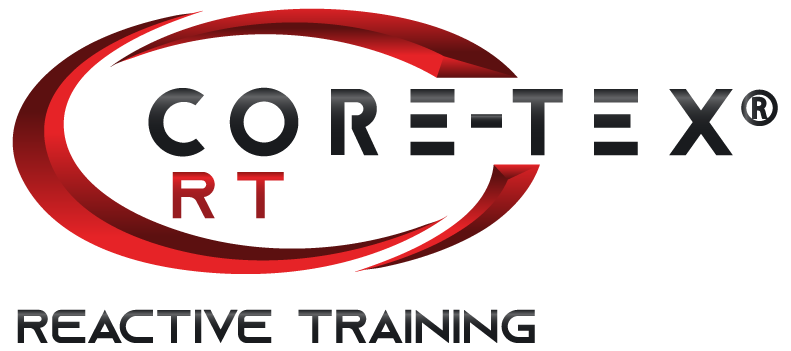
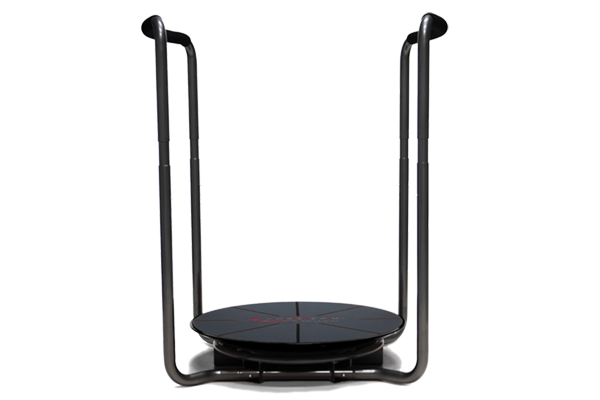
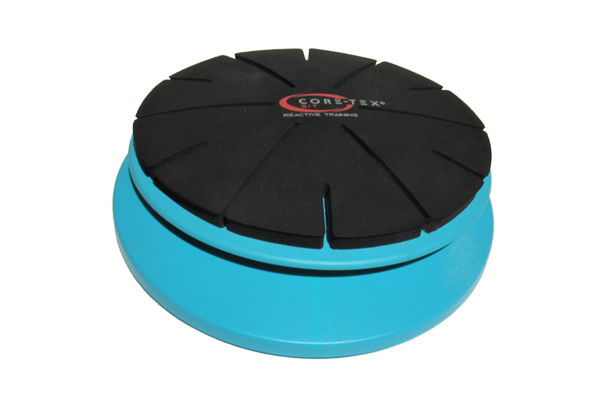
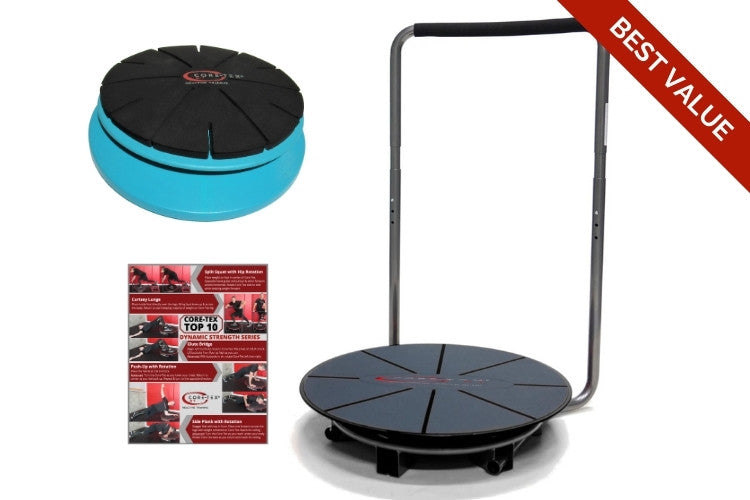

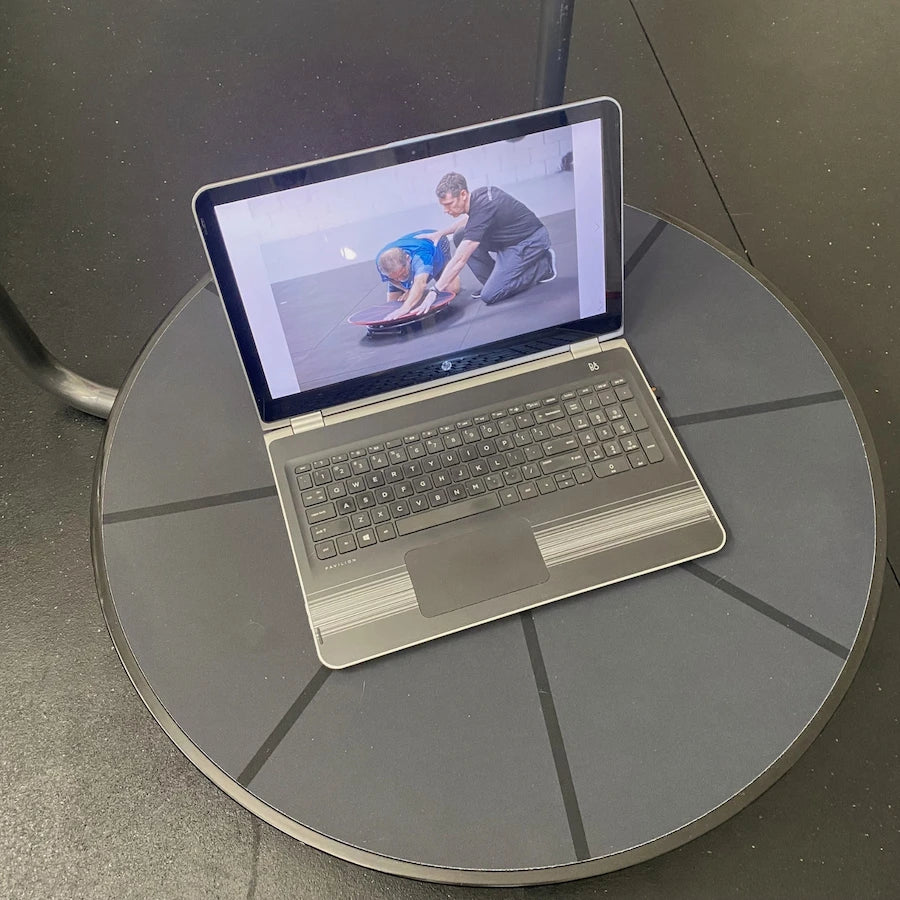
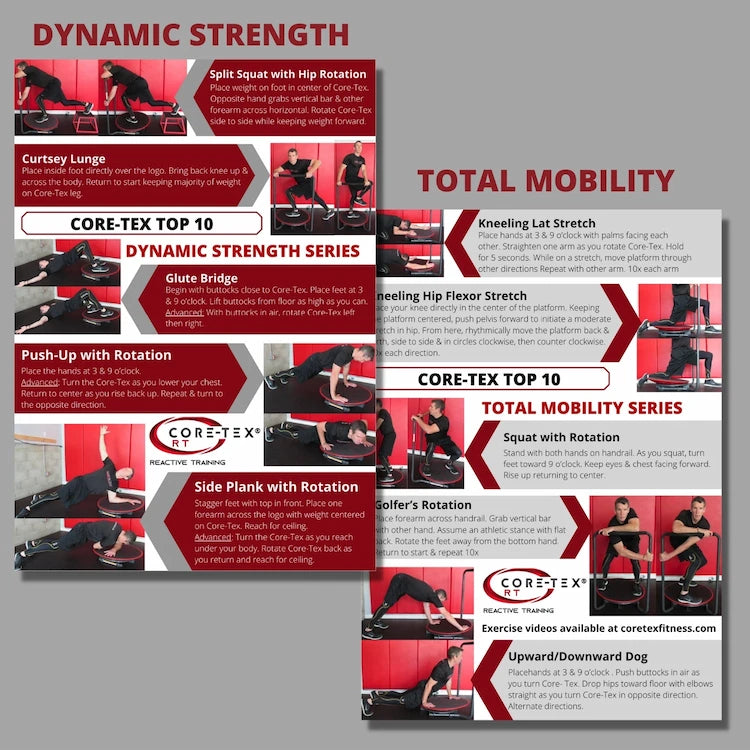
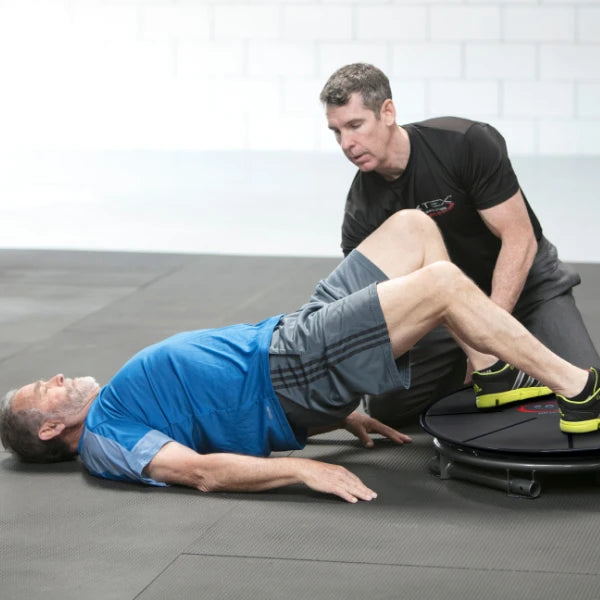
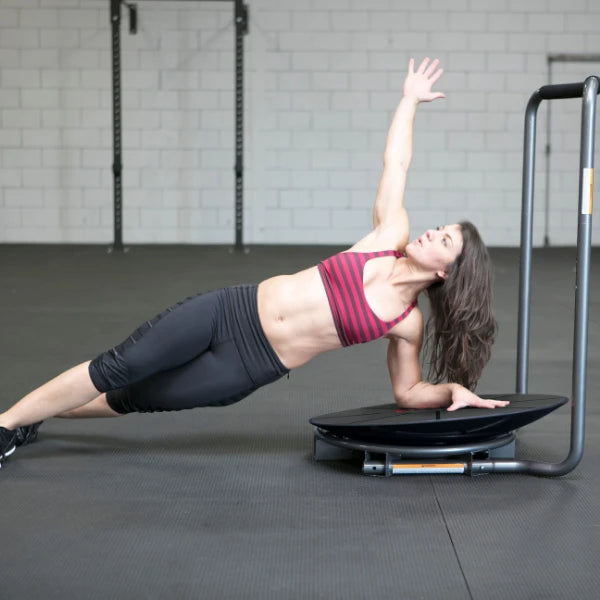
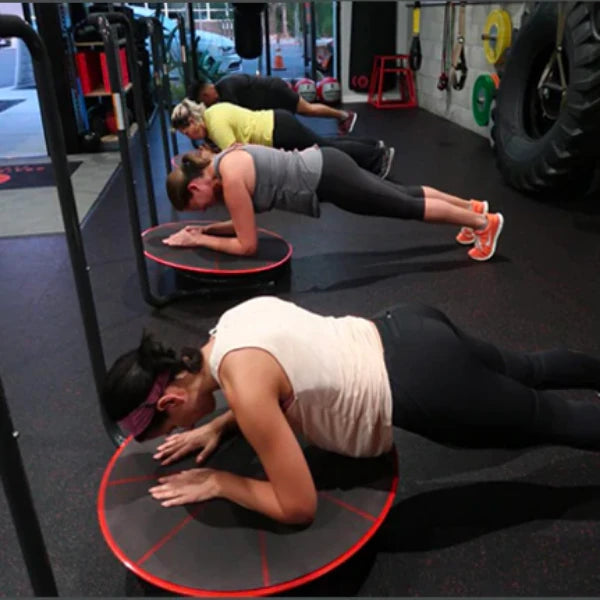
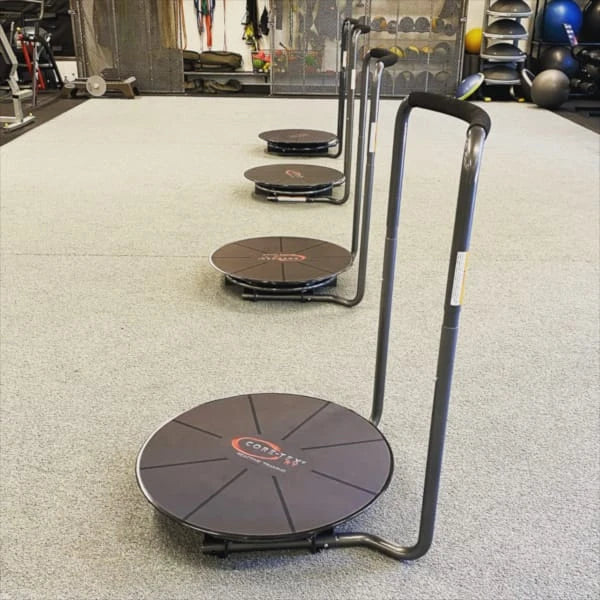
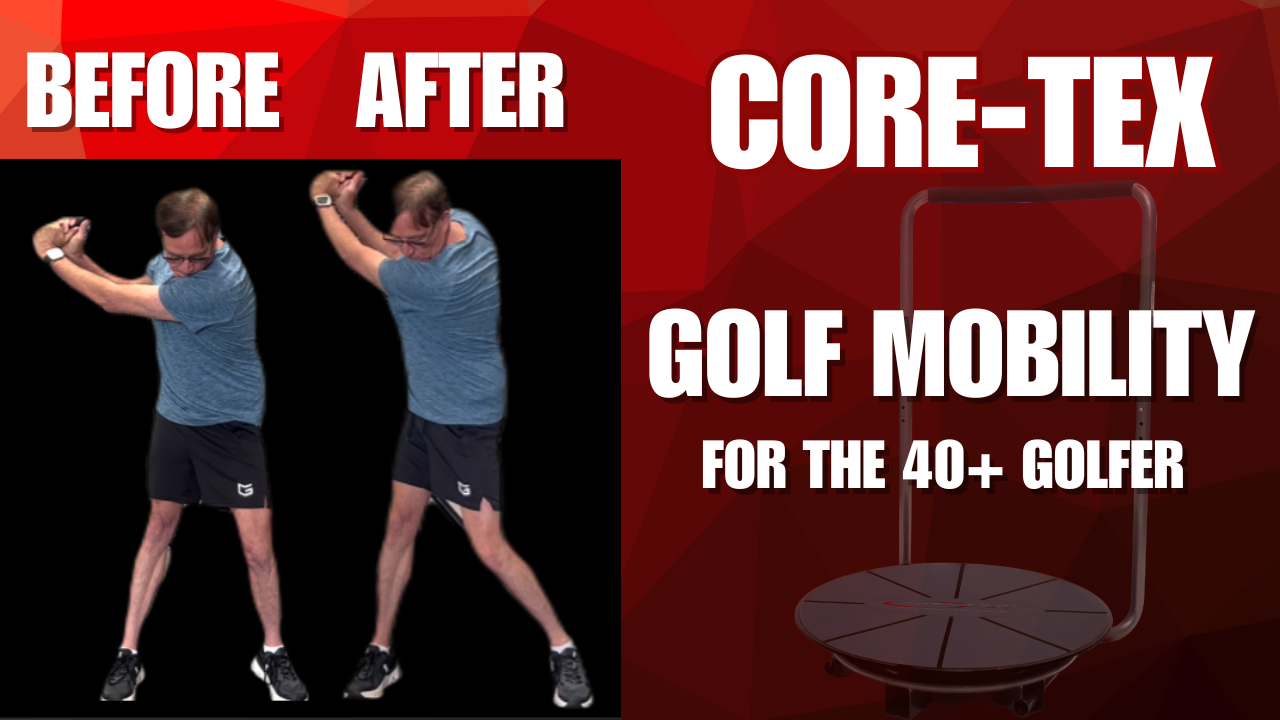

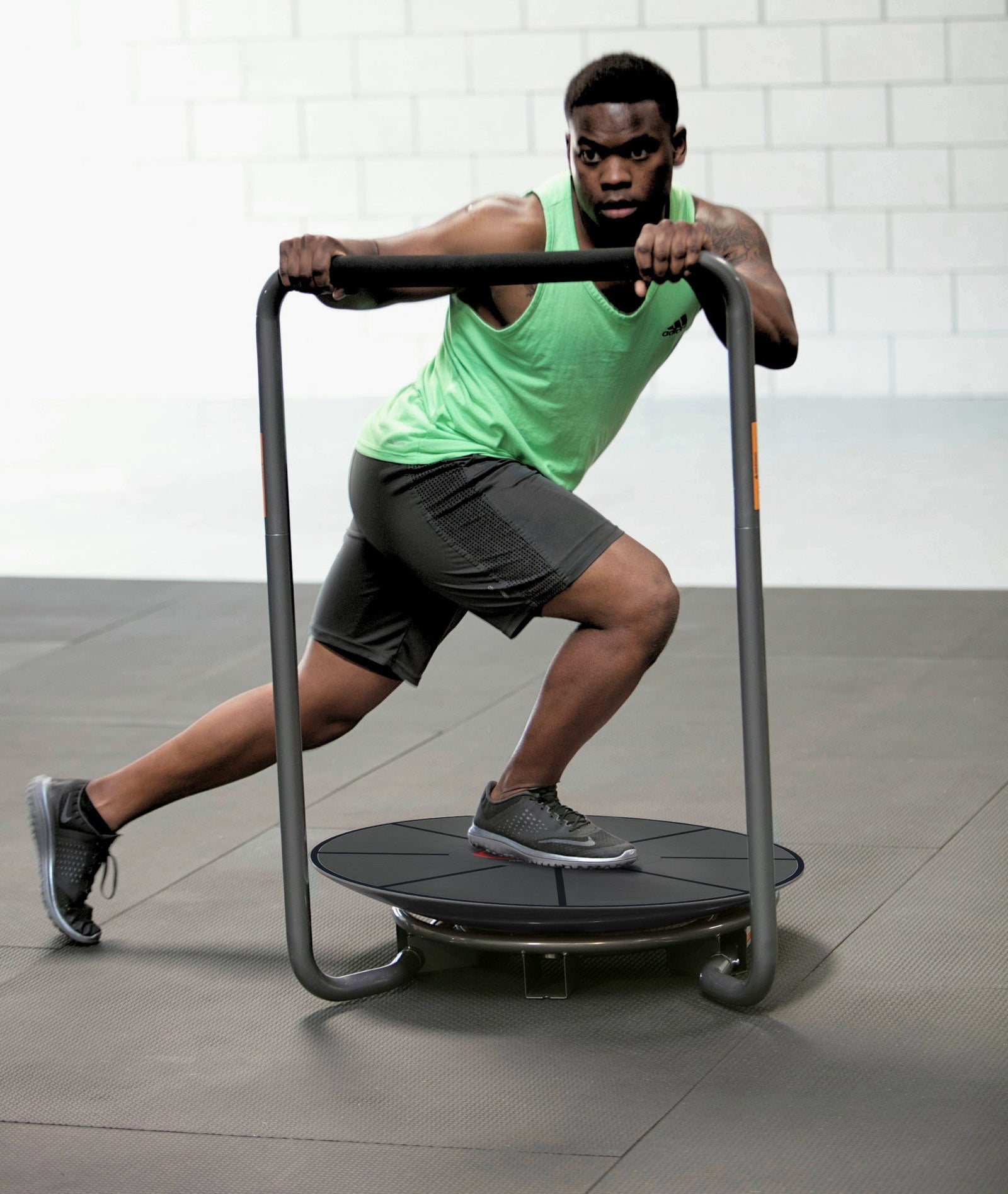
Leave a comment (all fields required)